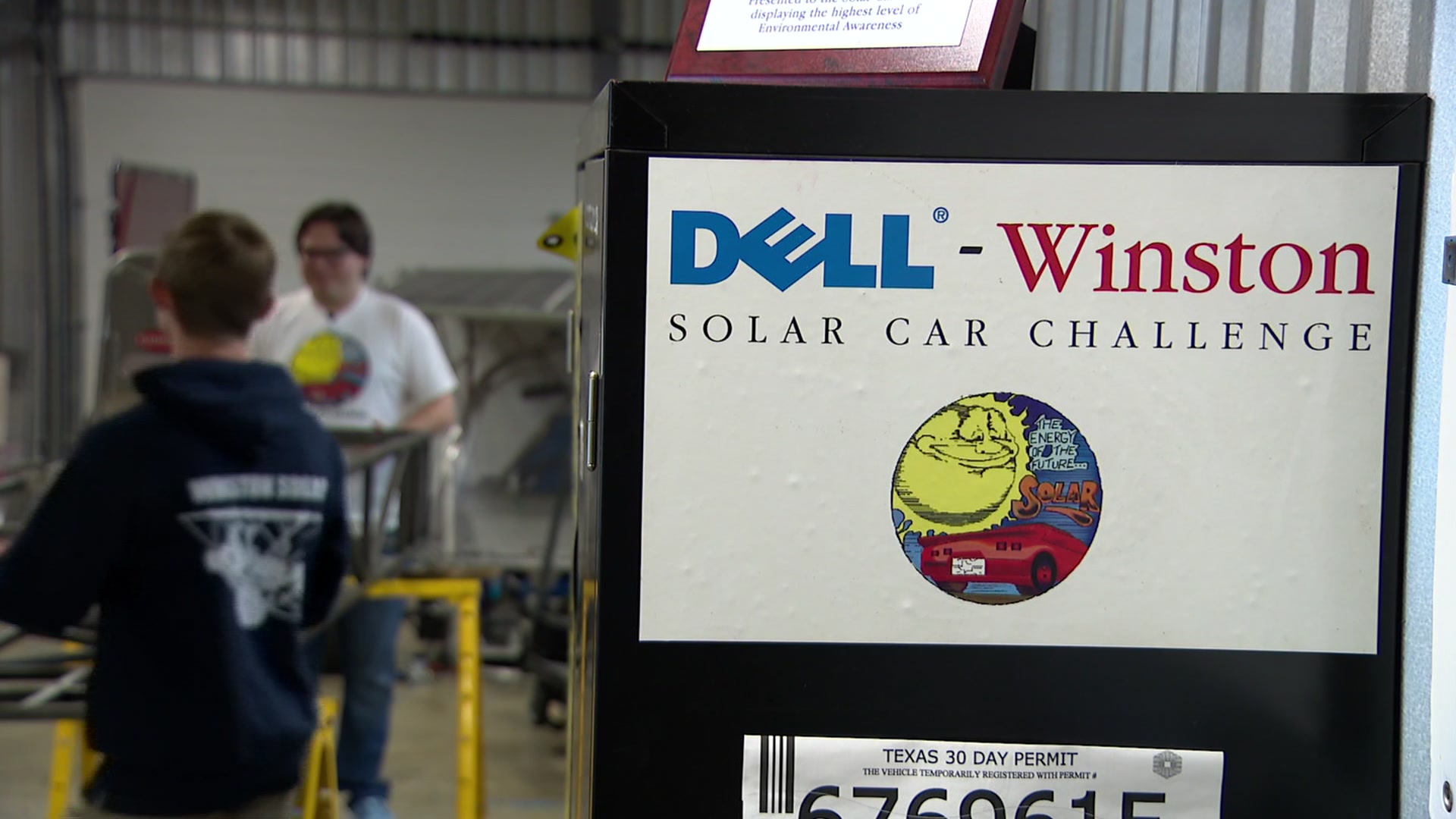After 26 straight days of triple-digit heat, many air conditioners in North Texas are working hard to keep homes and businesses cool.
That also means consumers can expect higher than average utility bills.
Vivian Henderson said her $400 bill this month was nearly double the previous month.
"I gasped, because I know that I try to do everything possible to conserve on energy," she said.
Henderson keeps her thermostat at about 75 degrees when she's home and adjusts it before she leaves.
TXU Energy is sharing some tips on cutting electricity use -- as well as some myths about it.
"The extreme temperatures of Texas summers can be a challenge for electricity customers who want to cut costs without sacrificing comfort in their homes," said Jennifer Pulliam, director of innovation, TXU Energy. "We hope that by educating and informing our customers and offering them free interactive tools through txu.com that we can help make it a little easier to conserve energy at home and save money."
Local
The latest news from around North Texas.
Below is the list from TXU.
Myths vs. Facts: Keeping your home cool in summer:
MYTH: Never turn your A/C completely off during hot summer months because furniture and other items in your home heat up when the A/C is shut off, creating more work for the system to cool the home back down.
FACT: Your system doesn't work any harder when it switches back on after being turned off. It just may take it longer than a short cycle to cool your rooms back down. If no one is in your home for more than eight hours, you can save money by switching it off while you're out. Since, approximately half of your energy usage goes to heating and cooling your home, cutting back on how much your system cycles can save you money in hot summer months. Note: Depending on the outdoor temperature, it may take your system an hour or two to cool your home back down to a comfortable temperature, so be sure to plan accordingly - or use a digital thermostat to turn your system back on a few hours before you'll be back home. According to EnergyStar.gov, using a programmable thermostat can save the average household about $180 every year in energy costs.
MYTH: Keeping ceiling fans turned on all the time keeps cool air circulating through your home, reducing the need for the A/C to power on as much.
FACT: Ceiling fans only make you feel cooler when you are in the room with them. So, you only need to have ceiling fans turned on when you're in the room (blades pointed down in summer/up in winter). While many people may think that it's better to keep cool air circulating all the time - to make your cool air go "farther," leaving a fan "always on" doesn't present any energy efficiency gains. In fact, keeping the fans on will actually cost you money
MYTH: If you have a lot of glare and heat radiating on or through your windows in the summertime, you need to replace them.
FACT: Many times, you can reduce solar heat gain in hot summer months by treating your windows. For these glassy areas of your home, you can reduce solar heat gain with awnings or trees shading them from the outside of your home, and you can also use drapes, blinds, or solar film to shade them from the inside. Since the hot summer sun's radiant heat on windows can increase the temperatures inside your home, treating them for shade can help you save electricity since your A/C won't need to perform more frequent cycles to keep your rooms cool due to the added heat.
Top five household tips for summertime energy efficiency:
- Setting your thermostat just a few degrees warmer at night can make a real difference to your electricity consumption - and your monthly bill during the summer months. According to the Department of Energy, you can save up to 10 percent on your heating and cooling costs by turning your thermostat back 10 to 15 percent for eight hours a day. What's more, there are several programmable thermostats that make this an easy and automated task, including one that you can adjust by phone.
- Be sure that your fireplace damper is shut and sealed in the summer months to avoid losing cool air through the chimney. According to the Department of Energy, 14 percent of air leaks at home come through your fireplace. So be sure that your damper is shut and completely sealed. You don't want all your cool air flying up the chimney this summer.
- Replace your A/C filters regularly. U.S. Department of Energy estimates that this can generate a 5 to 15 percent energy savings, not to mention improving the quality of the air you're breathing at home.
- Pay attention to your outdoor A/C unit too. You can use a garden hose to wash the coils on your unit, and be sure that nothing is blocking its air follow, like bushes or shrubs. One government study calculated a 2 to 4 percent capacity improvement just for cleaning the coils. As much as we rely on this device to keep us cool all summer long, a capacity improvement of even a few percent per home can make a big difference if you think about the big picture. When you think about the amount of electricity usage that goes towards air conditioning in Texas, we are talking about a significant amount of energy that can be saved in a year.
- Pamper the lint trap on your (electric) dryer. While it doesn't necessarily cool you down in summer, keeping your dryer working efficiently can still save you electricity and money any time of year. According to Energy Star, cleaning the lint trap before each dryer load can save the average household about $34 per year. It also enhances the energy efficiency of the appliance. You can also boost this by vacuuming out your dryer vent hose during your spring cleaning for the year.
TXU Energy also offers interactive tools and technologies that can help customers save energy: The TXU Energy MyEnergy Dashboard helps TXU Energy customers understand how and when they're using electricity at home. The BrightenSM Personal Energy Advisor, an energy savings solution from TXU Energy, offers personalized tips and how-to videos that can help avoid wasting energy via things like air leaks, faulty thermostats, insufficient insulation, water heater settings, HVAC inefficiency and more. And, the BrightenSM iThermostat also empowers customers with hands-on access to their real-time HVAC settings from virtually anywhere via PC or smart phones (all brands).
NBC 5's Lindsay Wilcox contributed to this report.



